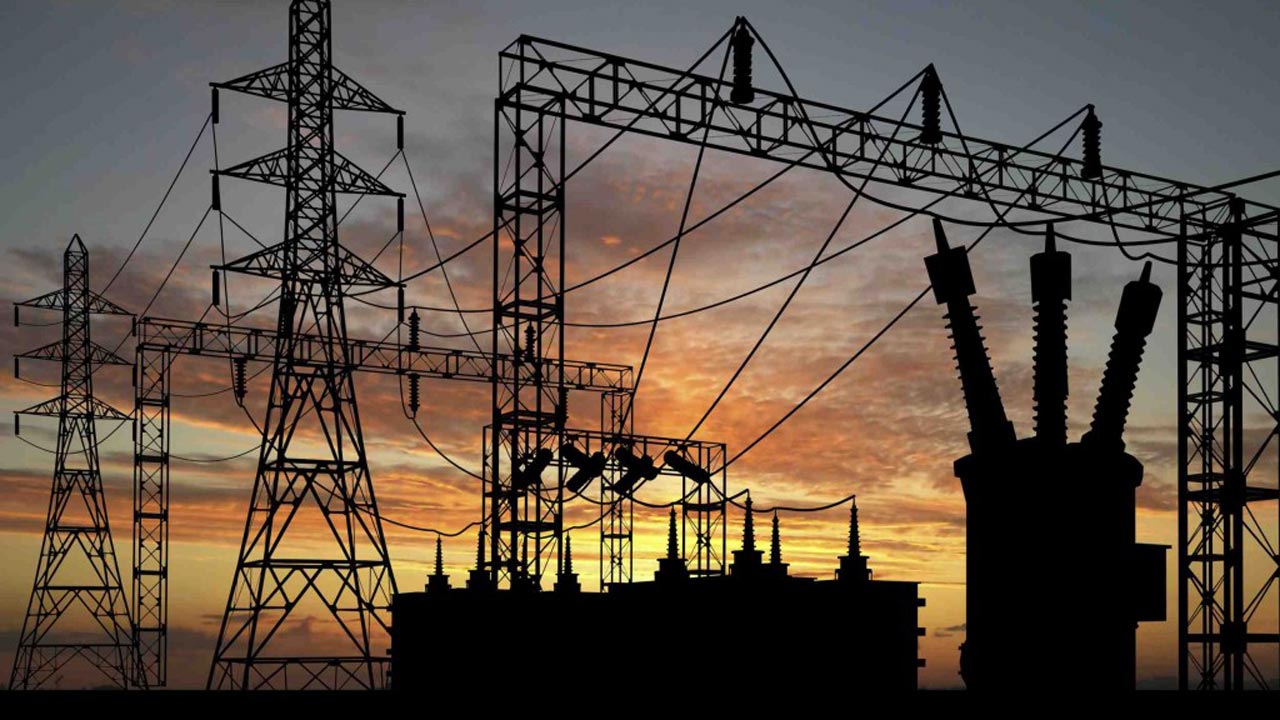Nigeria’s biggest power plant, Egbin, and 10 others had their output levels reduced by gas constraints on Monday.
The other plants were Omotosho, Olorunsogo, Delta, Geregu II, Sapele II, Olorunsogo II, Omotosho II, Ihovbor II, Okpai IPP and Trans-Amadi IPP.
The nation’s 27 plants generated a total of 3,471.6 megawatts as of 6 AM on Monday, compared to 3,391.4MW on Sunday, according to the Nigerian Electricity System Operator.
Seven plants did not generate any megawatt of electricity as of 6 AM on Monday. The idle plants were Sapele II, Olorunsogo II, Ihovbor II, Gbarain, Ibom Power, AES and ASCO.
Egbin, which is located in Lagos, generated 540MW as of 6 AM on Monday, as one of its units, ST4, was said to be out due to gas constraint.
Omotosho’s output stood at 122.8MW as four of its units, GT1, GT2, GT3 and GT7, were out due to gas constraint.
Five units at Olorunsogo were down because of gas issue, reducing its output to 90.5MW, while Delta generated 282MW as one of its unit was out as a result of gas.
Geregu II produced 80MW (two units hit by gas constraint), while Omotosho II generated 95.6MW (two units affected).
Okpai’s output level stood at 158MW and Trans-Amadi produced 62.9MW, as one each of their units were idle because of gas shortage.
READ ALSO: Ogun records 11 death, 44 injuries from road crashes
The nation generates most of its electricity from gas-fired power plants, while output from hydropower plants makes up about 30 per cent of the total generation.
The system operator put the nation’s installed generation capacity at 12,910.40MW; available capacity at 7,652.60MW; transmission wheeling capacity at 8,100MW; and the peak generation ever attained at 5,375MW.
The sector is plagued by problems of gas supply shortages, limited distribution networks, limited transmission line capacity, huge metering gap, electricity theft as well as high technical and commercial losses, among others.
Sign in
Welcome! Log into your account
Forgot your password? Get help
PRIVACY POLICY PAGE
Password recovery
Recover your password
A password will be e-mailed to you.












